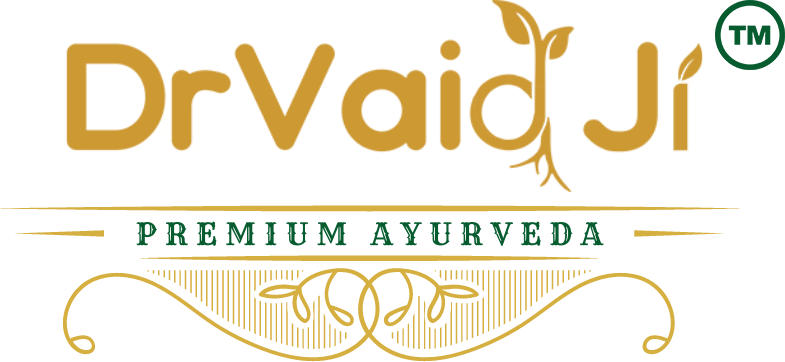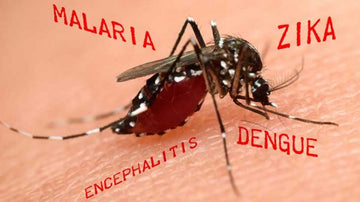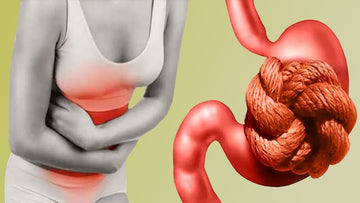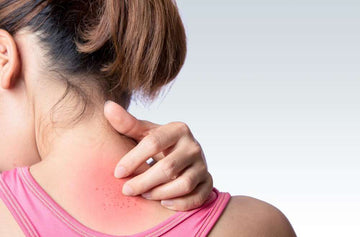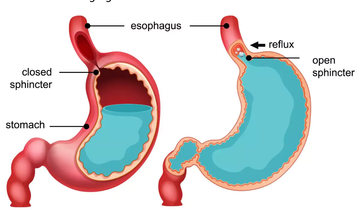What is Fungal Infection? what are its types, symptoms, causes and Natural Treatment?
by Dr Vaid Ji on Aug 17, 2024
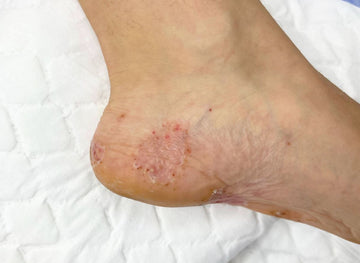
What is a Fungal Infection?
A fungal infection, also known as mycosis, is caused by fungi, which are a type of microorganism. Fungi are present in the environment, including in the air, soil, and on surfaces. They can be harmless, but some can cause infections when they invade the body, particularly when the immune system is weakened or when there is a disruption in the normal balance of microbes.
Types of Fungal Infections
-
Superficial Infections:
- Athlete's Foot (Tinea Pedis): Affects the feet, causing itching, redness, and peeling skin.
- Ringworm (Tinea Corporis): Affects the skin, causing a ring-shaped, red, and scaly rash.
- Jock Itch (Tinea Cruris): Affects the groin area, leading to itching and a red, scaly rash.
- Candidiasis (Yeast Infection): Caused by Candida species, affecting areas like the mouth (oral thrush), genital area (vaginal yeast infection), and skin.
-
Subcutaneous Infections:
- Sporotrichosis: Caused by the fungus Sporothrix schenckii, often entering the body through cuts or scrapes, leading to ulcers and nodules under the skin.
-
Systemic Infections:
- Histoplasmosis: Caused by Histoplasma capsulatum, usually affecting the lungs but can spread to other organs.
- Coccidioidomycosis (Valley Fever): Caused by Coccidioides species, primarily affecting the lungs but can become systemic.
- Cryptococcosis: Caused by Cryptococcus neoformans, primarily affecting the lungs and central nervous system.
-
Opportunistic Infections:
- Aspergillosis: Caused by Aspergillus species, often affecting the lungs and sinuses, particularly in immunocompromised individuals.
- Mucormycosis (Zygomycosis): Caused by fungi in the order Mucorales, leading to severe and often life-threatening infections in immunocompromised individuals.
Symptoms of Fungal Infections
-
Superficial Infections:
- Itching, redness, and rash
- Peeling, cracking, or scaling of the skin
- Discoloration or thickening of nails (in nail infections)
- White patches or soreness in the mouth (oral thrush)
- Painful, itchy, or burning sensation in the affected area
-
Systemic Infections:
- Fever and chills
- Cough, shortness of breath, or chest pain (lung involvement)
- Headache, confusion, or neurological symptoms (if the brain is affected)
- Fatigue and general malaise
- Weight loss
Causes of Fungal Infections
- Environmental Exposure: Contact with contaminated soil, air, or surfaces.
- Weakened Immune System: Conditions like HIV/AIDS, diabetes, or immunosuppressive therapies increase susceptibility.
- Antibiotic Use: Disrupts the normal balance of microbes, allowing fungi to overgrow.
- Warm, Moist Environments: Fungi thrive in warm and damp conditions, such as sweaty clothes, wet floors, or communal showers.
- Injury or Broken Skin: Cuts, scrapes, or wounds can allow fungi to enter the body.
Natural Treatment and Herbal Remedies
DrVaidJi Itch Care Tablet is pure herbal combination which is purely natural. Skin primarily protect our body from toxins present in environment. Itching is related to various skin problems like dermatitis or irritates such as nickel in jewelry, infected cut. Chronic skin condition like Fungal Infection, psoriasis, acne and due to internal conditions like blood, lungs, and liver. Mainly toxins in skin arises due to excess rakta dhatu and rasa or plasma nourishes the skin. Itch cure tablet has herbs which have pitta shamak effects on body. This tablet helps to purify blood as well as cleanses and rejuvenates the body.
-
Tea Tree Oil:
- Has antifungal properties, useful for treating athlete’s foot, ringworm, and nail infections. Apply diluted tea tree oil directly to the affected area.
-
Garlic:
- Contains allicin, an antifungal compound. Crushed garlic cloves can be applied topically or ingested to boost the immune system.
-
Coconut Oil:
- Rich in lauric acid and caprylic acid, which have antifungal properties. Apply coconut oil to the affected area or use in cooking.
-
Apple Cider Vinegar:
- Has antifungal and antibacterial properties. Dilute in water and apply to the affected area or soak the affected area in a vinegar solution.
-
Aloe Vera:
- Soothes irritated skin and has antifungal properties. Apply fresh aloe vera gel to the affected area.
-
Probiotics:
- Helps restore the natural balance of bacteria and yeast in the body, particularly useful for Candida infections. Probiotic-rich foods include yogurt, kefir, and sauerkraut.
-
Turmeric:
- Contains curcumin, which has antifungal and anti-inflammatory properties. Apply turmeric paste to the skin or consume it in food.
-
Oregano Oil:
- Contains carvacrol and thymol, which are potent antifungal agents. Dilute oregano oil with a carrier oil and apply to the affected area.
-
Epsom Salt Soaks:
- Helps to soothe and dry out fungal infections, particularly for athlete’s foot and nail infections. Soak the affected area in Epsom salt water.
-
Maintaining Good Hygiene:
- Keeping the affected area clean and dry is crucial. Wear loose-fitting clothing, and avoid sharing personal items like towels or shoes.
Prevention Tips
- Keep skin clean and dry.
- Wear breathable fabrics and change out of wet clothes promptly.
- Avoid walking barefoot in communal areas like locker rooms.
- Maintain a healthy diet to support immune function.
- Use antifungal powders or sprays if prone to infections.
Always consult with a healthcare provider before starting any treatment, especially if the infection is severe or persistent. Natural treatments can be complementary to medical treatments but should not replace professional medical advice.
